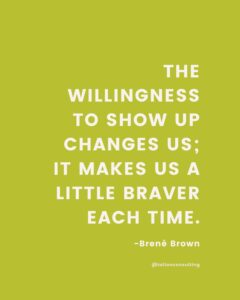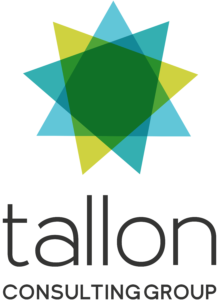ALL WE DO IS TALK, TALK, TALK
For many of us, much of our day is filled with talking. We talk to our co-workers, we talk to our families, we give presentations, we talk on social media. Those are the easy and casual ways in which we talk. And some of the time, we don’t need to go much further than that. However, where most of us stumble is when it is time to actually say something.
WHAT DO WE MEAN BY THAT?
When we need to talk with meaning and intention, or relay a sensitive message, many of us get tripped up. Yet, these conversations contain the most important messages we need to convey. Giving difficult feedback to someone, asking for what you need, and even giving praise are all examples of meaningful messages that can leave us feeling stuck.
The reason we don’t have difficult conversations usually boils down to FEAR. Fear of saying the wrong thing, fear of the other person’s reaction, fear of being perceived as X, Y, or Z. So what do we do? We usually adopt some variation of fight, flight, freeze, or fawn. This can look like defensiveness, “people pleasing” or avoiding the conversation all together. You may have even mustered up the courage to say something, only to have your point land in a different way than you intended.
SOUND FAMILIAR?
It should, because this happens in organizations (and outside of organizations) all the time. According to Expert Market, “86% of employees and executives cite the lack of effective collaboration and communication as the main causes for workplace failures.”
In environments where efficiency and clarity are key, so much is lost to breakdowns in communication. Fortunately, there are several tools that can help with this, and they are pretty simple to boot. We call this combination of tools our Communication Toolkit and we have seen their implementation transform teams, and relationships.

GIVE ME THE TOOLS!
The following list only scratches the surface of what you can add to your Communication Toolkit, which can be built to suit your needs.
- Active Listening – Successful communication will consist of not only talking, but perhaps more importantly, listening. The key is to truly listen without forming your counter argument. Active listening is an art that many haven’t mastered, and we can help with that.
- I Statement – An eloquent way to give specific feedback to others, especially positive feedback. Much like the feedback wheel below, this tool takes ownership of your feelings which is essential for allowing your message to be heard by the recipient.
- Feedback Wheel – Identifies an observed behavior, the feeling that behavior evoked in you, the meaning you give to it (which is very important), and how you would like the behavior to change. This is a powerful tool that allows you to take ownership of your feelings and perceived meaning of the situation, while communicating constructive feedback.
- Shared Meaning – Come away from the conversation making sure you really understand what was said and/or what you heard. One of our favorite ways to do this is to paraphrase. It seems simple, but all too often we do not take the time to make sure we really understood what was said, agreed upon, etc.
BUT, DO PEOPLE REALLY TALK LIKE THIS?
Yes, healthy adults do. And yet, it takes practice! We often tell clients that they will start talking funny after a few short communication sessions with us. Like anything else, the more you use the tools, the more natural they will start to feel. In a short amount of time, a team will start to build these tools into their communication language and conversations will flow a little easier. As Brené Brown™ says, “The willingness to show up changes us; it makes us a little braver each time.” Having hard conversations takes courage. These tools give you the language to be courageous.
GETTING STARTED
Interested in bringing these tools to your team? Reach out to us and we would be happy to create a Communication Toolkit that works for you.
Sources: The Importance of Effective Workplace Communication in Expert Market by Duncan Lambden; Dare to Lead by Brené Brown.




